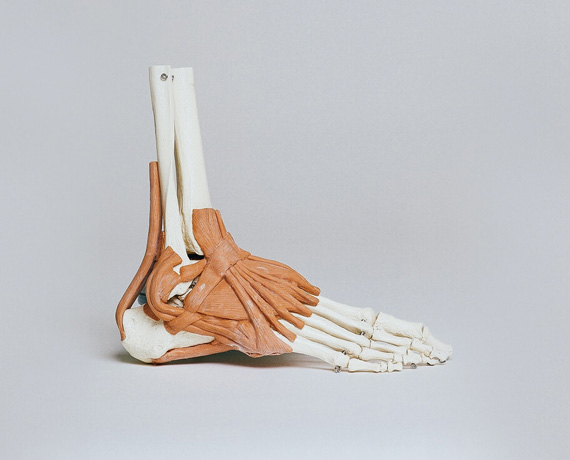
Ingrown Toe Nails
An ingrown toenail (also known as onychocryptosis) occurs when the nail grows into the toe. The result is pain in the side of the toe. The big toe is most commonly affected. It can be caused by any situation that interferes with the proper growth of the nail, such as improper trimming of the nail or incorrect footwear.
Ingrown toenails can have several causes:
Footwear rubbing the toeSocks pulled too tightIncorrect cutting. Nails cut too short or cut down the sidesInjury
Diagnosis:
The diagnosis of an ingrown toenail can be made on the basis of the appearance of the toe. A history is also obtained to determine the cause of the ingrown toenail, and to address any predisposing conditions. We frequently need to examine all current footwear.
Treatment:
Most ingrown toenails respond to simple podiatry treatment which involves removing a small section of nail. In some cases a numbing gel is applied, followed by a local anaesthetic at the base of the toe, well away from the part of the toe causing the pain. Once the toe is completely numb, the small part of the nail causing the problem is removed. A few visits may be required to ensure that the nail grows back correctly.
Occasionally the nail is in such poor shape that nail surgery is required. This is a simple, painless procedure where the side of the nail is removed and the nail matrix (root) is treated to prevent recurrence.
- Partial Nail avulsion
- Total Nail avulsion
Without Treatment:
The nail may continue to grow into the side of the toe. This can lead to progressive pain or recurring infection. This is particularly serious in people with underlying medical problems such as Diabetes or peripheral vascular disease.
Partners
All Major health funds accepted on site





